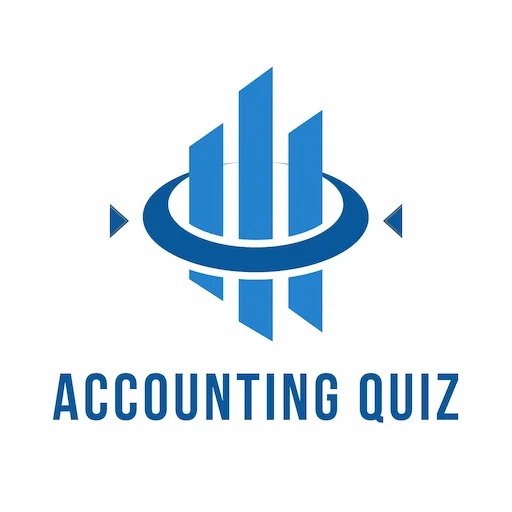Structured Financial Instruments
Structured financial instruments ⇒ are securities designed to change the risk profile of an underlying debt security, often by combining a debt security with a derivative. Sometimes structured financial instruments redistribute risk. Examples of this type of structured instruments are asset-backed securities and collateralized debt obligations.
Here, we describe several other types of structured instruments with which candidates should be familiar.
Yield enhancement instruments
A credit-linked note (CLN) has regular coupon payments, but its redemption value depends on whether a specific credit event occurs. If the credit event (e.g., a credit rating downgrade or default of a reference asset) does not occur, the CLN will be redeemed at its par value. If the credit event occurs, the CLN will make a lower redemption payment. Thus, the realized yield on a CLN will be lower if the credit event occurs. Purchasing a CLN can be viewed as buying a note and simultaneously selling a credit default swap (CDS), a derivative security. The buyer of a CDS makes periodic payments to the seller, who will make a payment to the buyer if a specified credit event occurs. The yield on a CLN is higher than it would be on the note alone, without the credit link. This extra yield compensates the buyer of the note (seller of the CDS) for taking on the credit risk of the reference asset, which is why we classify CLNs as a yield enhancement instrument.
Capital protected instruments
A capital protected instrument offers a guarantee of a minimum value at maturity as well as some potential upside gain. An example is a security that promises to pay $1,000 at maturity plus a percentage of any gains on a specified stock index over the life of the security. Such a security could be created by combining a zero-coupon bond selling for $950 that matures at $1,000 in 1 year, with a 1-year call option on the reference stock index with a cost of $50. The total cost of the security is $1,000, and the minimum payoff at maturity (if the call option expires with a value of zero) is $1,000. If the call option has a positive value at maturity, the total payment at maturity is greater than $1,000. A structured financial instrument that promises the $1,000 payment at maturity under this structure is called a guarantee certificate, because the guaranteed payoff is equal to the initial cost of the structured security. Capital protected instruments that promise a payment at maturity less than the initial cost of the instrument offer less-than-full protection, but greater potential for upside gains because more calls can be purchased.
Participation instruments
A participation instrument has payments that are based on the value of an underlying instrument, often a reference interest rate or equity index. Participation instruments do not offer capital protection. One example of a participation instrument is a floating-rate note. With a floating-rate note, the coupon payments are based on the value of a shortterm interest rate, such as 90-day LIBOR (the reference rate). When the reference rate increases, the coupon payment increases. Because the coupon payments move with the reference rates on floating-rate securities, their market values remain relatively stable, even when interest rates change.
Participation is often based on the performance of an equity price, an equity index value, or the price of another asset. Fixed-income portfolio managers who are only permitted to invest in “debt” securities can use participation instruments to gain exposure to returns on an equity index or asset price.
Leveraged instruments
An inverse floater is an example of a leveraged instrument. An inverse floater has coupon payments that increase when a reference rate decreases and decrease when a reference rate increases, the opposite of coupon payments on a floating-rate note. A simple structuremight promise to pay a coupon rate, C, equal to a specific rate minus a reference rate, for example, C = 6% – 180-day LIBOR. When 180-day LIBOR increases, the coupon rate on the inverse floater decreases.
Inverse floaters can also be structured with leverage so that the change in the coupon rate is some multiple of the change in the reference rate. As an example, consider a note with C = 6% – (1.2 × 90-day LIBOR) so that the coupon payment rate changes by 1.2 times the change in the reference rate. Such a floater is termed a leveraged inverse floater. When the multiplier on the reference rate is less than one, such as 7% – (0.5 × 180-day LIBOR), the instrument is termed a deleveraged inverse floater. In either case, a minimum or floor rate for the coupon rate, often 0%, is specified for the inverse floater
